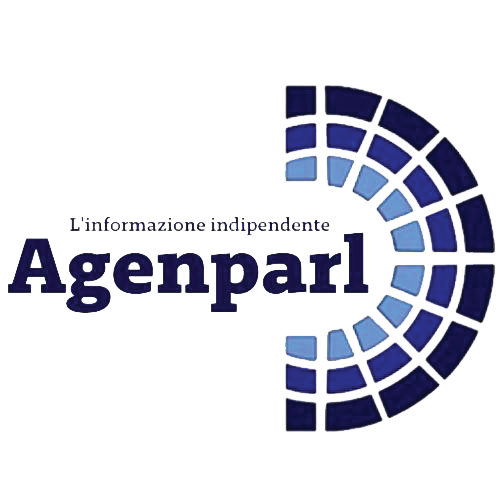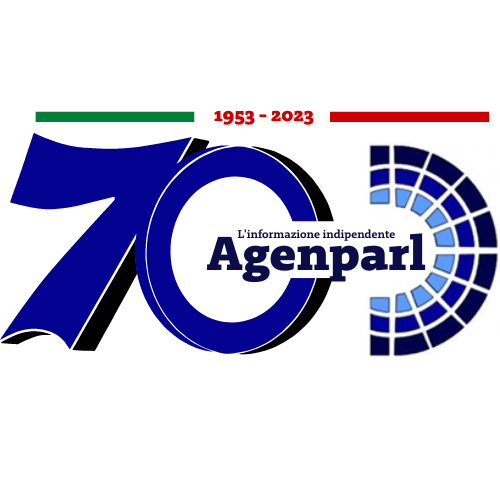 (AGENPARL) - Roma, 9 Giugno 2025
(AGENPARL) - Roma, 9 Giugno 2025(AGENPARL) – Mon 09 June 2025 [cid:a206db4d-0cbd-4465-b30b-25dd1d111aac]
The seaweed capital of the Philippines
Sustaining family traditions and livelihoods amidst economic shifts
[cid:5884b9c3-0917-4ae9-90e9-7baf263276b9]
©FAO/Dadis Dawnavie
Men in small wooden boats come in from a day of harvesting seaweed in the Celebes Sea off of a small island in the Philippines. They hand their fresh harvests to women who carefully carry the heavy bunches up rickety wooden ladders to stilt houses teetering over the sea. Imilita Mawaldani Hikanti, along with a group of other women processors, then begin to prepare it for sale to support their families.
To many people, the importance of seaweed isn’t as obvious as that of fish catches or harvested crops. But for producers on the island province of Tawi-Tawi in the far south of the Philippines, farming agal-agal, the local name for Eucheuma and Kappaphycus seaweeds, isn’t just a way of life – it is their life.
“I learned seaweed farming at a young age. Both my parents and the family of my spouse were skilled seaweed farmers as well. It has always been our primary means of livelihood in this locality,” says Imilita.
Challenges like increased cases of plant diseases and the state of the local market for seaweed, however, make this handing down of livelihoods look less likely to continue in Tawi-Tawi.
Low prices and disease
The province – dubbed the “Seaweed Capital of the Philippines” – produces around 40 percent of the country’s 600 000-tonne annual output. It has primarily been for export to make carrageenan, a gelling agent used in food processing.
Yet, prices have been volatile in recent years. Competition from abroad caused local prices of raw dried seaweed to plummet to as low as PHP 25 per kilo (about USD 0.44) in 2024, which means farmers operate at a loss. As profits disappear, some turn to unsustainable practices to survive, like mangrove cutting for charcoal, spearfishing and gathering rocks from the seabed to crush into gravel.
Other problems include ice-ice disease, says Siyulay Juhan, a seaweed farmer from the same province. Once the crop is infected with the disease – a bacterial infection resulting from higher sea temperatures driven by climate change – the farmers are either forced to harvest it quickly before its condition gets worse or simply dump it.
Building skills, expanding opportunities
Recognizing these challenges, the Food and Agriculture Organization of the United Nations (FAO) partnered with the Bangsamoro authorities in the southern Philippines, the International Organization for Migration and the International Trade Centre on the Farmer-Fisherfolk’s Advancement and Integration to Resilient Value Chains (FAIR-Value) project. Implemented in the Bangsamoro Autonomous Region of Muslim Mindanao, the European Union-funded project aims to improve seaweed production, value chains and marketability.
While seaweed’s uses span the food, industrial, agricultural and energy sectors, not all farmers are aware of these markets, so the training kicks off with a fresh look at its potential for them.
The hands-on training programme is working to increase skills in sustainable farming, climate-smart techniques and making seaweed into high-value products. Participants learn various skills including preparing planting materials and setting up a farm from scratch. They also learn from each other through farm field schools.
Profitable seaweed farming isn’t just about growing it properly; handling it the right way matters too. For Javier A. Abdul, a seaweed farmer, the training opened his eyes to the fact that quality means profit. He says the course was “a big help to small farmers. We learned how to keep the product clean, raise prices and be profitable.”
Participants took a crash course on the different markets for seaweed, pricing, distribution and how to make their product more competitive.
“This training is providing opportunities to improve the business literacy of seaweed farmers to give them the skills to navigate the challenges of modern seaweed farming and marketing as well as contribute to a more sustainable and economically viable future for people in Tawi-Tawi,” says Lionel Dabbadie, FAO Representative in the Philippines and an aquaculture expert.
Diversifying into viable alternatives
The training is also empowering seaweed farmers to explore opportunities to make other products. These include seaweed-based pasalubong – traditional Filipino travel souvenirs such as local delicacies.
Sitti Juhalla M. Hassan sells mamon (chiffon or sponge cakes) and puto (steamed rice cakes) to support her eight children, but rising costs have made it harder to sustain her business. She learned that seaweed purée could be used for puto and to make other snacks at a lower cost.
For farmers, exploring new ways to boost their income beyond just selling raw seaweed is a crucial way to reduce dependence on the carrageenan market. Alternative markets include, for example, selling seaweed for bio-stimulant production or for food products like seaweed chips. FAO is facilitating contact between farmers and producers of these alternative products.
So far, 100 farmers have received training. “The plan is that some seaweed farmers will become trainers and facilitators of future farmer field schools to be organized in their locality. They will be able to extend technical assistance to fellow seaweed farmers,” Dabbadie says.
Building on their seaweed farming experience, Tawi-Tawi’s seaweed farmers can tackle the challenges they face with more skills and increased confidence. With a greater understanding of the market and the opportunities that exist, they have a stronger base on which to build a more secure future.
The story and photos can be found here: https://www.fao.org/newsroom/story/the-seaweed-capital-of-the-philippines/en
All feature stories can be accessed here: http://www.fao.org/news/stories-archive/en/
Media outlets are welcome to reproduce the article or use the information contained in it, as well as related photos, provided that FAO and the photographers are given credit. A link back to the original story is also appreciated.
FOR MORE INFORMATION
FAO News and Media
Online tools
Photos and Videos: FAO Digital Media Hub
Photos: FAOnews Flickr account
FAO News: Newsroom website
FAO feature and in-depth stories: Stories website
Social Media: @FAOnews
This email was issued by the Media Office at the Food and Agriculture Organization of the United Nations (FAO).
